Home>Furniture & Design>Interior Design Trends>How To Make Concrete Shiny Like Glass
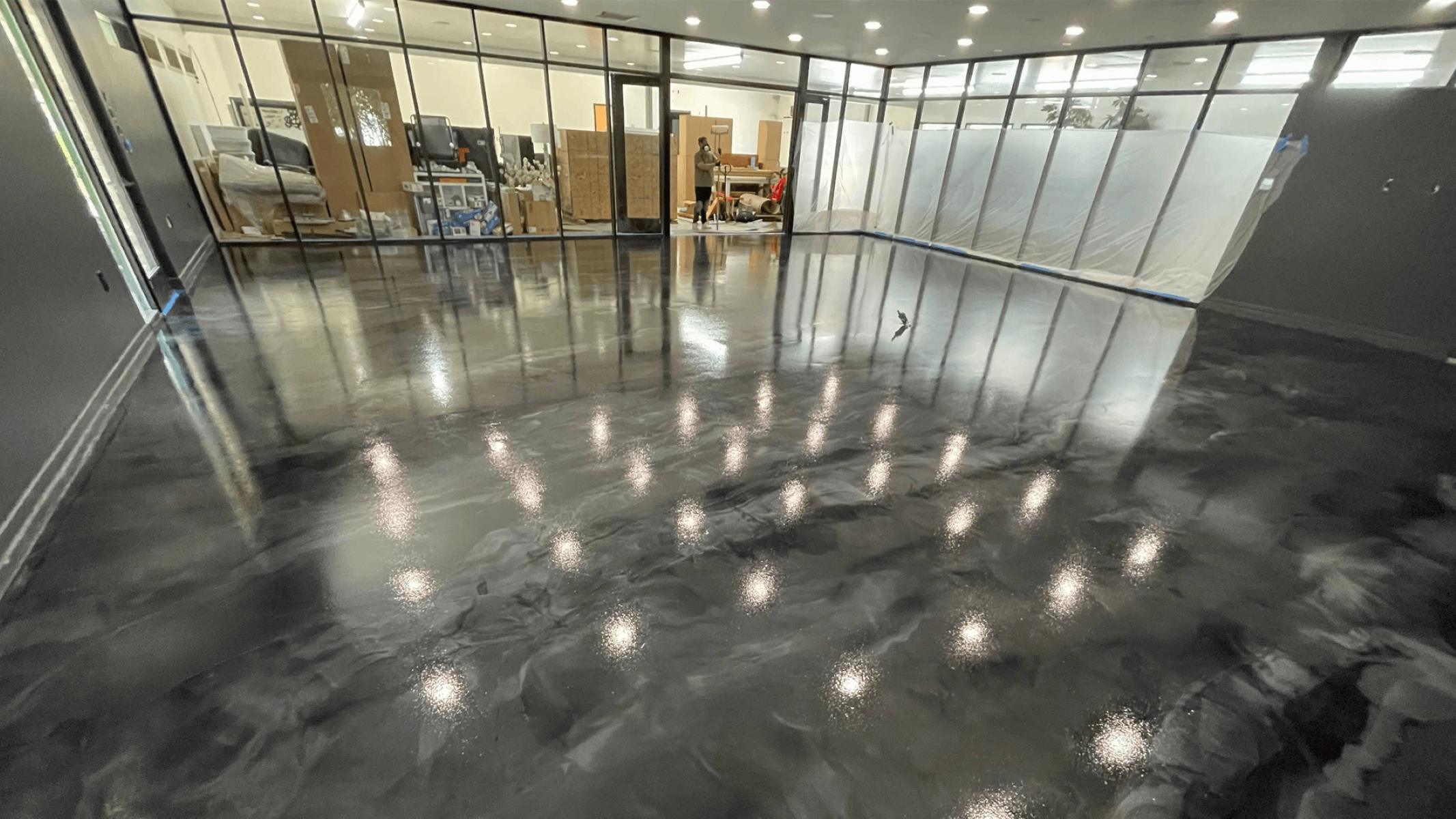

Interior Design Trends
How To Make Concrete Shiny Like Glass
Published: February 7, 2024
Achieve the latest interior design trends with our guide on how to make concrete shiny like glass. Transform your space with this innovative technique.
(Many of the links in this article redirect to a specific reviewed product. Your purchase of these products through affiliate links helps to generate commission for Storables.com, at no extra cost. Learn more)
Introduction
Concrete is a versatile and durable building material that has been used for centuries in construction and design. While it is commonly associated with industrial and utilitarian applications, concrete has evolved to become a popular choice for interior surfaces in modern homes and commercial spaces. One of the most sought-after trends in interior design is the transformation of concrete into a glossy, glass-like surface that exudes sophistication and elegance.
The process of making concrete shiny like glass involves the art of concrete polishing, which is a meticulous and transformative technique that enhances the natural beauty of concrete. By refining the surface of the concrete through grinding and polishing, it is possible to achieve a stunning, mirror-like finish that elevates the aesthetic appeal of any space.
In recent years, the demand for polished concrete surfaces has surged, as architects, interior designers, and homeowners seek to incorporate this contemporary and luxurious look into their projects. The allure of shiny concrete lies in its ability to seamlessly blend with various design styles, from minimalist and industrial to modern and chic. Whether used for flooring, countertops, or decorative elements, shiny concrete adds a touch of refinement and modernity to any interior setting.
In this comprehensive guide, we will delve into the intricacies of transforming concrete into a glossy masterpiece. From understanding the properties of concrete to selecting the right polishing method, preparing the surface, applying the polishing compound, and sealing the shiny finish, we will explore each step in detail. Additionally, we will discuss the essential aspects of maintaining the glossy appearance to ensure that the lustrous allure of shiny concrete endures over time.
Join us on this journey as we unravel the secrets of achieving a glass-like sheen on concrete surfaces, and discover how this trend has revolutionized the realm of interior design. Let's embark on an exploration of the art and science behind making concrete shiny like glass, and unlock the transformative potential of this remarkable material.
Key Takeaways:
- Transforming concrete into a glossy, glass-like surface involves meticulous polishing and sealing. Understanding the properties of concrete, selecting the right polishing method, and proper maintenance are crucial for achieving and preserving the stunning finish.
- The process of making concrete shiny like glass requires careful surface preparation, application of specialized polishing compounds, and sealing for protection. By embracing routine cleaning and periodic maintenance, the glossy finish can be sustained for long-lasting elegance.
Read more: How To Make Wood Shine Like Glass
Understanding the Properties of Concrete
Concrete, a composite material composed of coarse and fine aggregate bonded together with a fluid cement, is renowned for its exceptional strength, durability, and versatility. When used in interior design, it serves as a blank canvas with a distinct character, offering a myriad of design possibilities. To comprehend the process of making concrete shiny like glass, it is crucial to delve into the fundamental properties of this remarkable material.
Composition and Texture
Concrete is primarily composed of cement, water, and aggregates such as sand, gravel, or crushed stone. The unique combination of these elements results in a surface that is inherently robust and resilient. The texture of concrete can vary depending on the composition and finishing techniques employed, ranging from a coarse, rugged appearance to a smooth, polished finish.
Porosity and Absorption
One of the defining characteristics of concrete is its porosity, which refers to the presence of tiny interconnected voids within the material. This porosity influences the absorption and retention of liquids, making it imperative to consider when aiming to achieve a glossy, glass-like surface. Understanding the porosity of concrete is essential for determining the appropriate polishing methods and sealants to enhance its visual appeal and longevity.
Structural Integrity
Beyond its aesthetic qualities, concrete is revered for its structural integrity and load-bearing capabilities. This inherent strength makes it an ideal candidate for polishing and transforming into a lustrous, reflective surface. By harnessing the innate durability of concrete, it becomes possible to create a seamless, gleaming expanse that captivates the eye and elevates the ambiance of any space.
Read more: How To Make Shoes Shine Like Glass
Versatility and Adaptability
Concrete's adaptability and versatility are key factors that contribute to its widespread use in interior design. Whether it is utilized for flooring, countertops, accent walls, or decorative elements, concrete offers a versatile canvas for creative expression. Its ability to be molded, shaped, and polished enables designers to craft bespoke surfaces that embody sophistication and modernity.
By comprehending the intrinsic properties of concrete, including its composition, texture, porosity, and structural integrity, one can gain a deeper appreciation for the transformative process of making concrete shiny like glass. This understanding serves as the foundation for selecting the appropriate polishing methods, preparing the surface, and ultimately achieving a stunning, mirror-like finish that redefines the perception of concrete in interior design.
Choosing the Right Polishing Method
Selecting the appropriate polishing method is a pivotal step in the journey of transforming concrete into a glossy, glass-like surface. The choice of polishing technique is influenced by various factors, including the desired level of sheen, the condition of the concrete surface, and the specific aesthetic objectives. Here are the key considerations to guide the selection of the right polishing method:
Surface Assessment
Before embarking on the polishing process, it is essential to conduct a thorough assessment of the concrete surface. This evaluation involves examining the existing condition of the concrete, identifying any imperfections, such as cracks or blemishes, and determining the level of porosity. By understanding the surface characteristics, it becomes possible to tailor the polishing method to address specific challenges and achieve optimal results.
Grinding and Polishing Options
The process of polishing concrete typically involves multiple stages of grinding and polishing, each utilizing progressively finer grits of abrasives to refine the surface. The selection of grinding and polishing options, such as diamond abrasives and resin pads, depends on the initial state of the concrete and the desired level of gloss. Coarser grits are employed to remove imperfections and level the surface, while finer grits are used to impart a high-gloss finish.
Read more: How To Make Car Shine Like Glass
Wet vs. Dry Polishing
Another critical consideration is the choice between wet and dry polishing methods. Wet polishing involves the use of water to cool the diamond abrasives and minimize dust, resulting in a smoother surface and enhanced diamond tool life. Conversely, dry polishing offers the advantage of convenience and portability, making it suitable for certain environments where water usage is restricted. Understanding the benefits and limitations of each approach is essential in determining the most suitable method for the specific project.
Level of Sheen
The desired level of sheen plays a significant role in determining the polishing method. Whether aiming for a subtle satin finish or a striking high-gloss surface, the polishing process can be tailored to achieve the desired level of reflectivity. By selecting the appropriate combination of polishing grits and techniques, it is possible to attain a finish that aligns with the aesthetic vision for the space.
Environmental Considerations
Environmental factors, such as indoor air quality and sustainability, also influence the choice of polishing method. Opting for low-VOC (volatile organic compound) polishing compounds and sealants can contribute to a healthier indoor environment while aligning with eco-friendly design principles. Additionally, considering the long-term maintenance requirements and durability of the polished surface is crucial in selecting a method that ensures lasting beauty and performance.
In essence, choosing the right polishing method involves a comprehensive assessment of the concrete surface, understanding the intricacies of grinding and polishing options, evaluating wet and dry polishing techniques, defining the desired level of sheen, and considering environmental implications. By carefully weighing these factors, one can make an informed decision that sets the stage for achieving a stunning, glass-like finish that elevates the allure of polished concrete surfaces.
Preparing the Concrete Surface
Preparing the concrete surface is a critical precursor to the polishing process, laying the foundation for achieving a flawless, glass-like finish. This preparatory phase involves a series of meticulous steps aimed at addressing imperfections, enhancing the surface uniformity, and optimizing the concrete for the subsequent polishing stages.
Read more: How To Make Boots Shine Like Glass
Surface Inspection and Repair
The initial step in preparing the concrete surface entails a comprehensive inspection to identify any visible imperfections, such as cracks, spalling, or uneven areas. These flaws are meticulously addressed through targeted repairs, which may involve filling cracks with specialized concrete repair products, patching surface irregularities, and addressing any structural issues that could compromise the integrity of the polished finish.
Cleaning and Surface Profiling
Once the repairs are completed, the concrete surface undergoes thorough cleaning to remove any contaminants, residues, or adhesives that could impede the polishing process. This is followed by surface profiling, which involves the use of mechanical tools to create a uniform texture and promote adhesion for the subsequent polishing compounds and sealants. Surface profiling also aids in enhancing the bond between the concrete and the polishing abrasives, ensuring optimal results during the polishing stages.
Moisture Testing and Mitigation
Moisture content within the concrete is a critical factor that can impact the success of the polishing process and the long-term performance of the polished surface. Prior to polishing, moisture testing is conducted to assess the moisture levels within the concrete. If elevated moisture levels are detected, appropriate mitigation measures, such as moisture barriers or moisture-resistant primers, are employed to prevent moisture-related issues and ensure the durability of the polished finish.
Surface Grinding and Leveling
To achieve a uniform and level surface conducive to the desired glossy finish, surface grinding and leveling are carried out using specialized grinding equipment. This process involves the removal of surface irregularities, smoothing out imperfections, and refining the concrete to create a consistent substrate for the subsequent polishing stages. By meticulously addressing surface irregularities, the concrete is primed for the transformative polishing process that will impart a radiant, glass-like sheen.
Surface Preparation for Densification
In preparation for the application of densifiers, the concrete surface is meticulously prepared to ensure optimal penetration and bonding of the densifying agents. This may involve additional cleaning to remove any residual dust or debris, creating an immaculate canvas for the subsequent application of densifiers that enhance the hardness and durability of the polished surface.
By meticulously executing the preparatory steps, including surface inspection and repair, cleaning and profiling, moisture testing and mitigation, surface grinding and leveling, and preparation for densification, the concrete surface is primed for the transformative polishing process. This meticulous preparation sets the stage for achieving a flawless, glass-like finish that elevates the aesthetic appeal and durability of the polished concrete surface.
Applying the Polishing Compound
Once the concrete surface has been meticulously prepared, the application of the polishing compound marks a pivotal stage in the journey of transforming concrete into a glossy, glass-like masterpiece. The polishing compound, often in the form of a specialized chemical solution, plays a crucial role in refining the surface, enhancing its luster, and imparting a radiant sheen that exudes sophistication and elegance.
The application process begins with the systematic application of the polishing compound onto the prepared concrete surface. This may involve the use of sprayers, rollers, or other application tools designed to ensure even coverage and consistent distribution of the compound. The selection of the polishing compound is guided by the specific requirements of the project, taking into account factors such as the desired level of sheen, the porosity of the concrete, and the compatibility with subsequent sealing treatments.
As the polishing compound is applied, it penetrates the micro-crevices and pores of the concrete, initiating a chemical reaction that contributes to the refinement and densification of the surface. This process serves to enhance the structural integrity of the concrete while promoting the development of a smooth, reflective finish. The compound works in synergy with the concrete substrate, gradually transforming its appearance and texture to align with the envisioned glossy aesthetic.
The application of the polishing compound is often followed by mechanical agitation or burnishing, where specialized equipment, such as rotary polishers or burnishing machines, is employed to further refine the surface and intensify the reflective properties. This meticulous mechanical process contributes to the gradual emergence of the desired glass-like sheen, as the compound interacts with the concrete to create a seamless, mirror-like expanse that captivates the eye.
Throughout the application and subsequent mechanical refinement, the expertise of skilled professionals is instrumental in ensuring precision, uniformity, and optimal results. The artistry of applying the polishing compound lies in the meticulous execution of each step, from the initial application to the final stages of mechanical refinement, culminating in the realization of a stunning, glossy finish that elevates the visual impact of the polished concrete surface.
By applying the polishing compound with precision and expertise, the transformative potential of concrete is unlocked, paving the way for the emergence of a radiant, glass-like surface that redefines the perception of concrete in interior design. This transformative process sets the stage for the sealing of the glossy finish, ensuring its longevity and enduring allure in the designed space.
Sealing the Shiny Concrete Surface
Sealing the shiny concrete surface is a pivotal step in preserving the lustrous allure and durability of the polished finish. The sealing process serves as a protective shield, safeguarding the glossy surface from stains, moisture intrusion, and wear, while enhancing its visual depth and vibrancy. By meticulously sealing the polished concrete, one ensures that its captivating sheen endures, elevating the ambiance of the space and prolonging the longevity of the transformative finish.
Selection of Sealants
The selection of sealants is guided by the specific requirements of the polished concrete surface. Various sealant options, including penetrating sealers, topical sealers, and hybrid sealers, offer distinct benefits in terms of breathability, chemical resistance, and UV stability. Penetrating sealers, for instance, penetrate the concrete to provide long-lasting protection without altering the surface appearance, while topical sealers create a protective film that enhances the gloss and facilitates maintenance. Hybrid sealers combine the advantages of both penetrating and topical sealers, offering comprehensive protection and aesthetic enhancement.
Read more: How To Make Concrete Bathtub
Application Process
The application of sealants demands precision and attention to detail to ensure uniform coverage and optimal performance. The sealant is methodically applied to the polished concrete surface using rollers, sprayers, or applicator tools, with meticulous care taken to avoid over-application or uneven distribution. This meticulous process aims to create a seamless, protective barrier that enhances the visual depth and reflective properties of the polished surface while fortifying it against environmental stressors.
Enhancing Visual Depth
Beyond protection, sealants play a crucial role in enhancing the visual depth and vibrancy of the polished concrete. The application of sealants intensifies the reflective properties of the surface, accentuating its luster and creating a captivating interplay of light and shadow. This enhancement contributes to the creation of a visually dynamic and alluring surface that captivates the eye and elevates the overall aesthetic impact of the space.
Longevity and Maintenance
By sealing the shiny concrete surface, one ensures its longevity and ease of maintenance. The protective barrier formed by the sealant shields the polished surface from stains, spills, and abrasion, simplifying the cleaning and maintenance routines. Additionally, the enhanced durability and resilience provided by the sealant contribute to the long-term preservation of the glossy finish, ensuring that it continues to exude sophistication and elegance for years to come.
In essence, sealing the shiny concrete surface is a transformative and essential process that safeguards the visual allure and durability of the polished finish. Through the meticulous selection and application of sealants, one fortifies the glossy surface, enhances its visual depth, and ensures its enduring beauty, thereby elevating the ambiance and aesthetic appeal of the designed space.
Maintaining the Glossy Finish
Sustaining the glossy finish of polished concrete is essential to preserve its captivating allure and longevity. Proper maintenance practices ensure that the lustrous surface continues to exude sophistication and elegance, maintaining its visual impact in the designed space. By adhering to a comprehensive maintenance regimen, one can safeguard the glossy finish from wear, stains, and environmental factors, prolonging its pristine appearance and enhancing the overall ambiance of the interior setting.
Read more: How To Make A Concrete Walkway
Routine Cleaning and Care
Regular cleaning forms the cornerstone of maintaining the glossy finish of polished concrete. This involves the removal of dust, debris, and surface contaminants using non-abrasive cleaning tools and pH-neutral cleansers. By implementing a consistent cleaning schedule, one prevents the accumulation of particles that could diminish the reflective properties of the surface, ensuring that the glossy finish remains radiant and visually striking.
Protective Measures
In high-traffic areas or spaces prone to spills and abrasion, the implementation of protective measures is crucial for preserving the glossy finish. This may involve the strategic placement of floor mats or area rugs to minimize wear and prevent the tracking of dirt and grit onto the polished surface. Additionally, the use of furniture pads and coasters helps prevent scratches and scuffs, safeguarding the pristine appearance of the polished concrete.
Periodic Maintenance Treatments
Periodic maintenance treatments, such as buffing and reapplication of sealants, contribute to the long-term preservation of the glossy finish. Buffing the surface with specialized polishing pads revitalizes the luster and enhances the reflective properties, rejuvenating the glossy appearance. Furthermore, periodic resealing reinforces the protective barrier, ensuring continued resistance to stains and wear, while intensifying the visual depth of the polished surface.
Professional Maintenance Services
Engaging professional maintenance services, such as scheduled deep cleaning and resealing by experienced technicians, offers a comprehensive approach to preserving the glossy finish. Professional maintenance treatments leverage advanced techniques and specialized products to address specific maintenance needs, ensuring that the polished concrete retains its captivating sheen and remains a focal point of elegance within the space.
By embracing a proactive and meticulous approach to maintenance, one can uphold the glossy finish of polished concrete, ensuring that its transformative allure endures. Through routine cleaning, protective measures, periodic maintenance treatments, and professional services, the glossy finish remains a testament to the enduring beauty and sophistication of polished concrete in interior design.
Frequently Asked Questions about How To Make Concrete Shiny Like Glass
Was this page helpful?
At Storables.com, we guarantee accurate and reliable information. Our content, validated by Expert Board Contributors, is crafted following stringent Editorial Policies. We're committed to providing you with well-researched, expert-backed insights for all your informational needs.
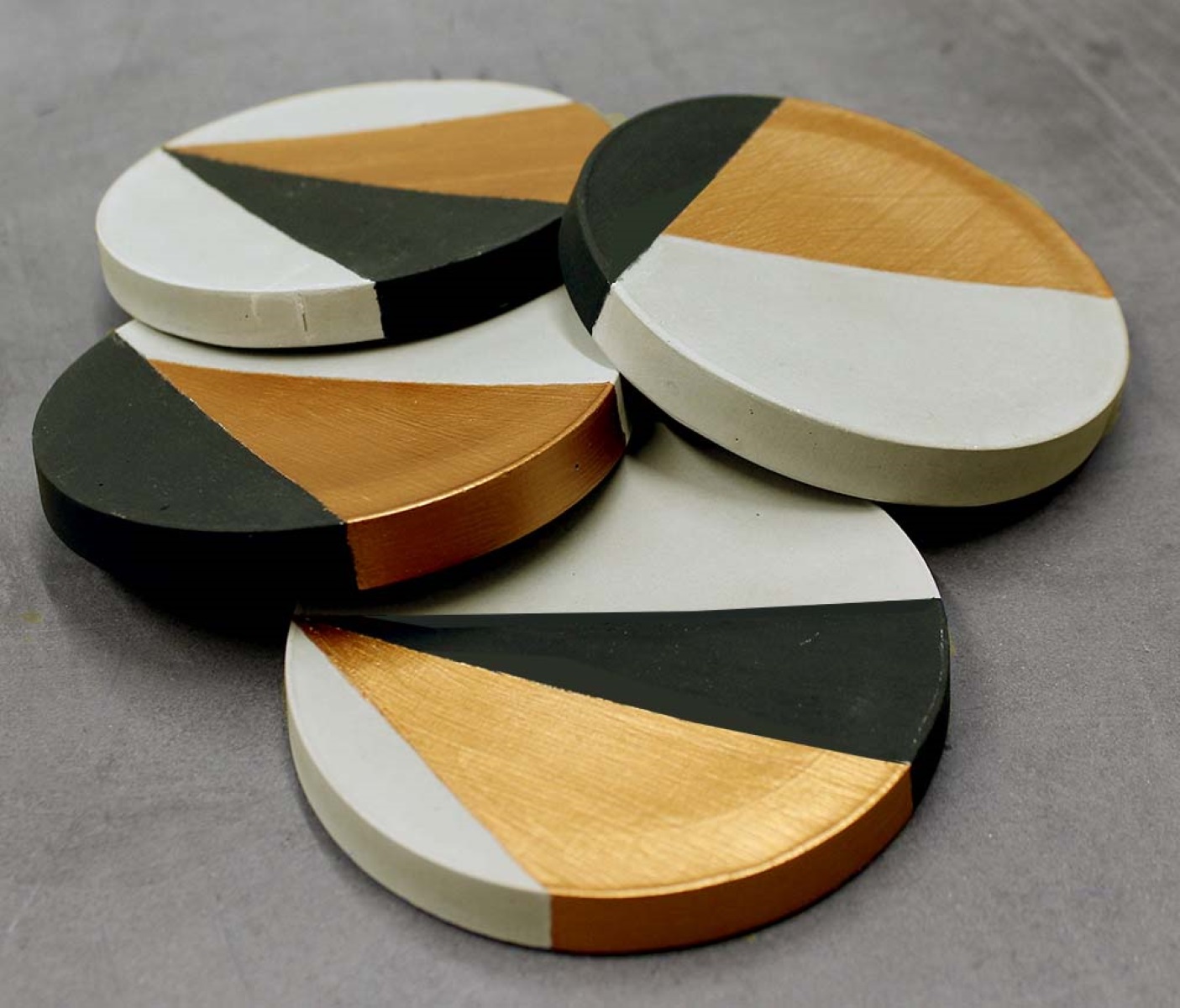
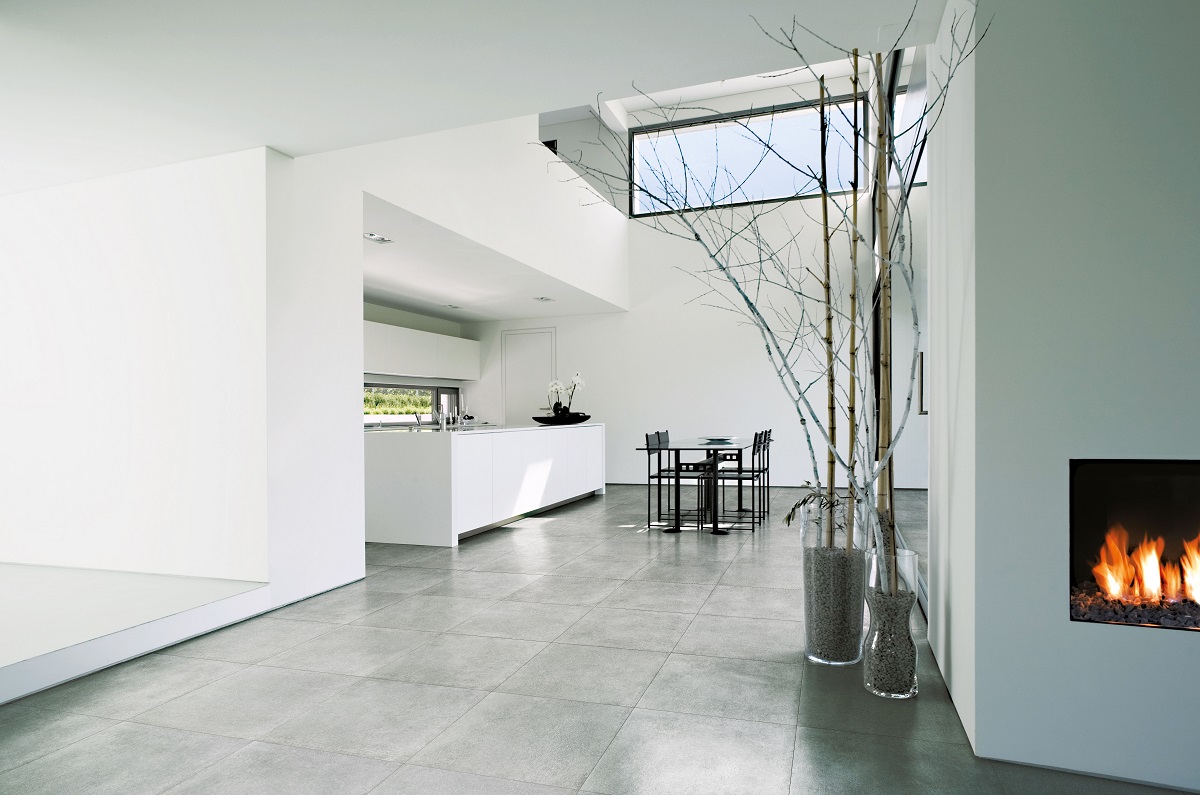
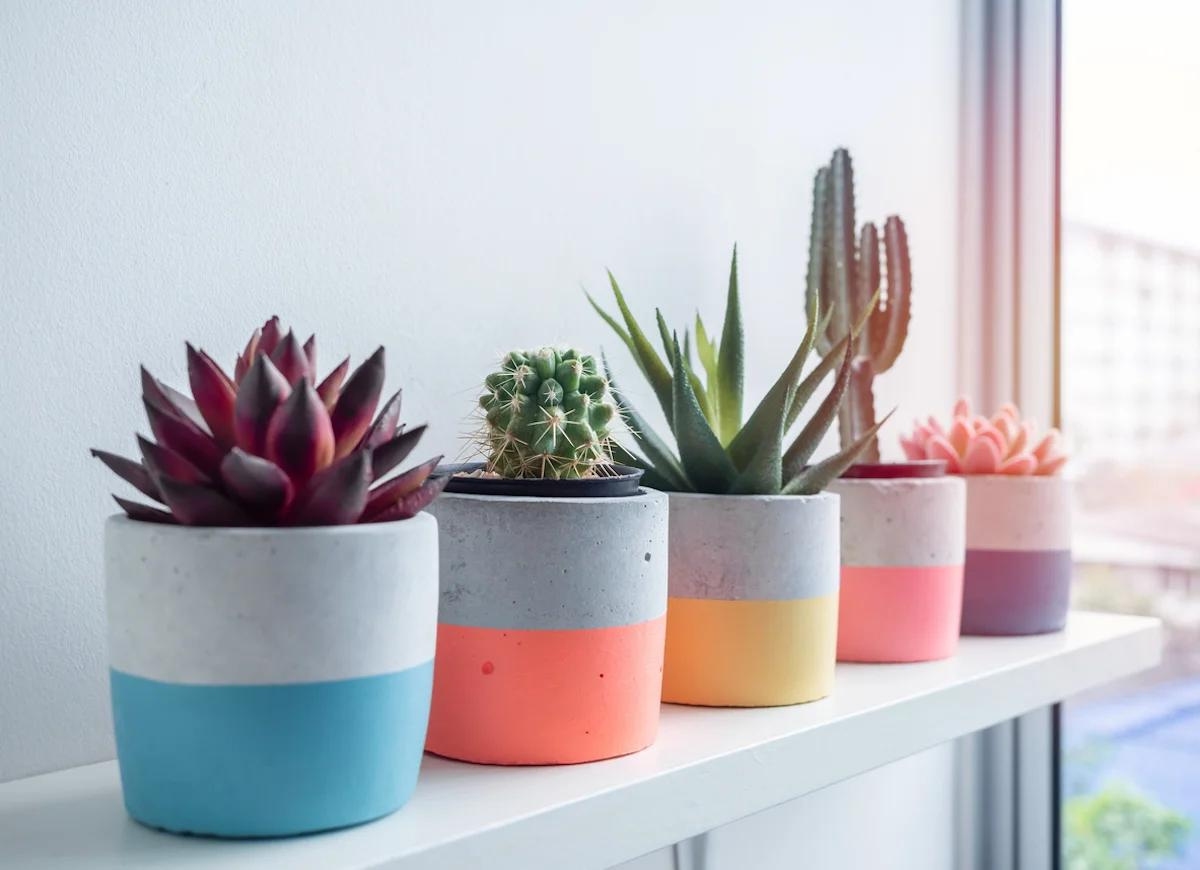

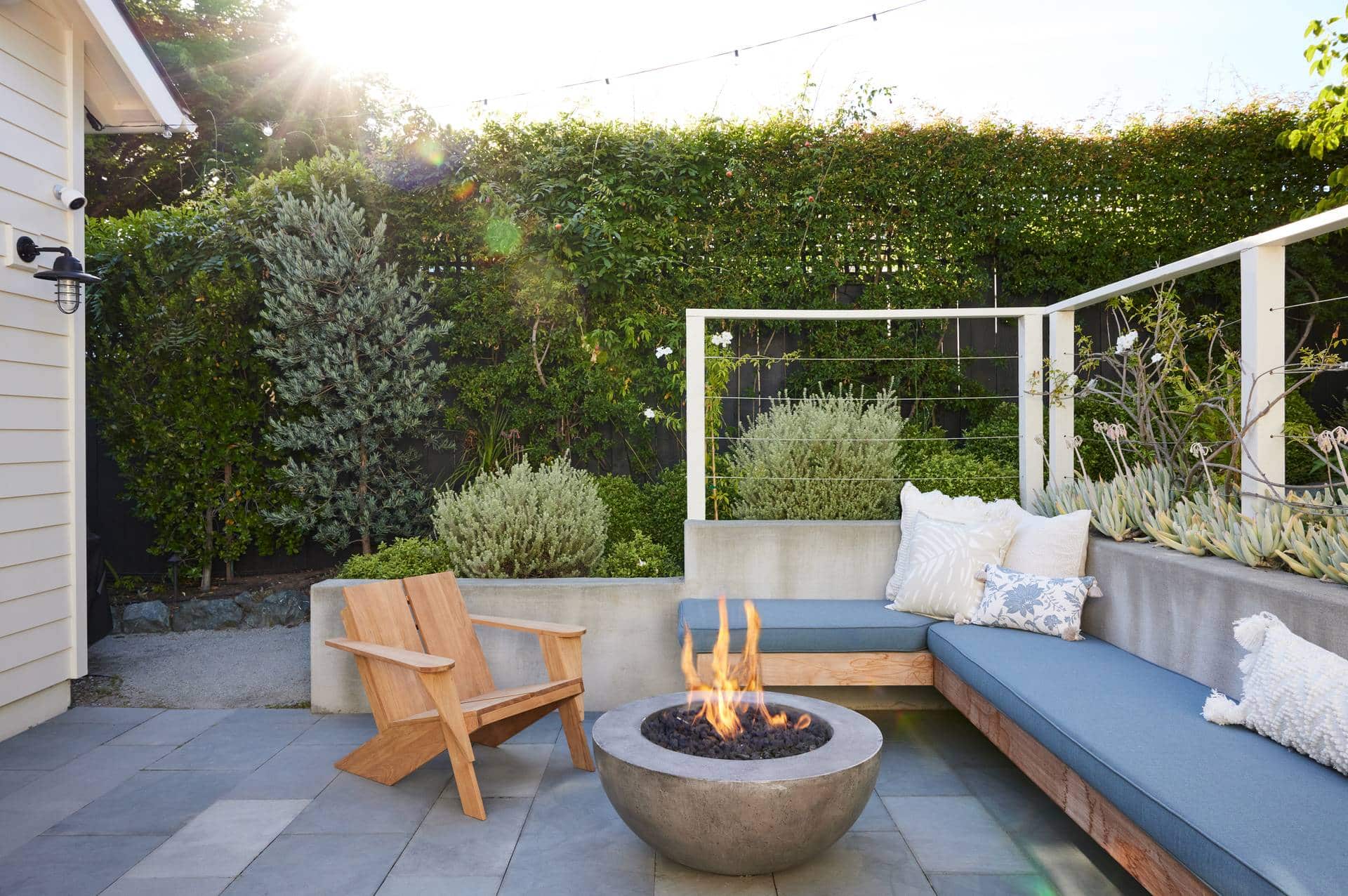

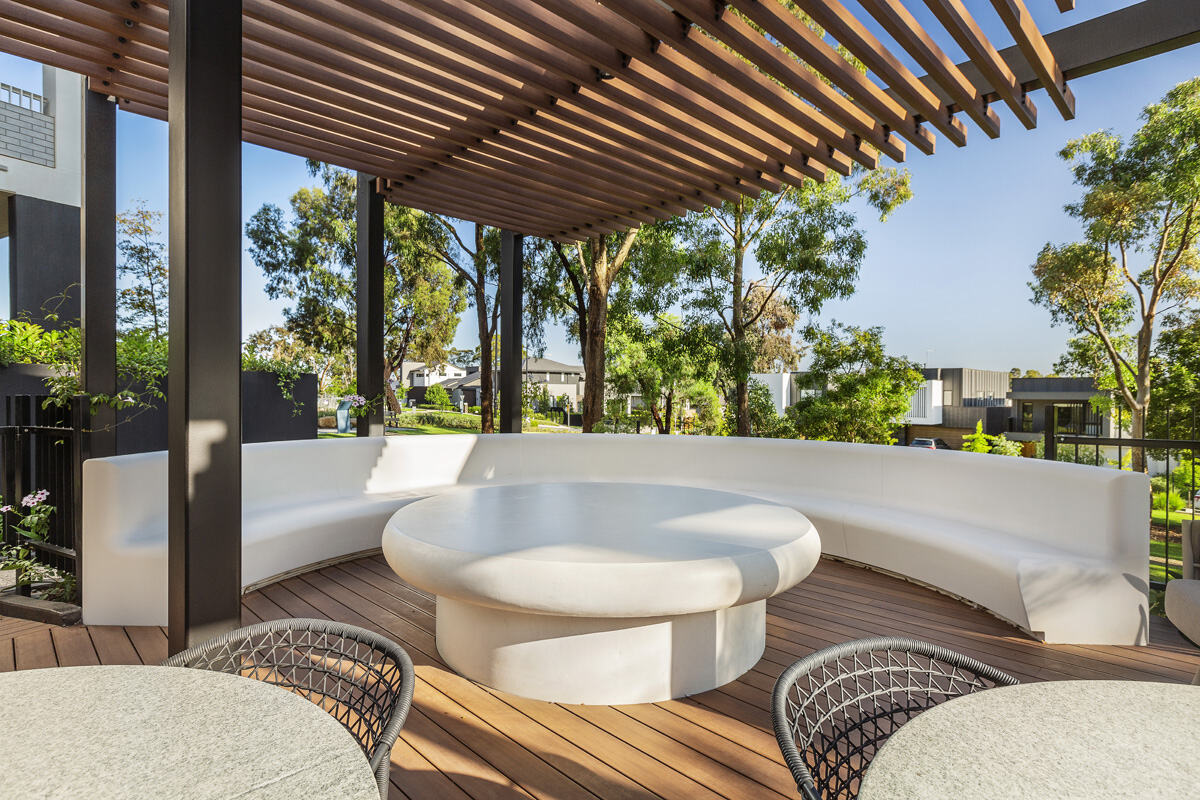
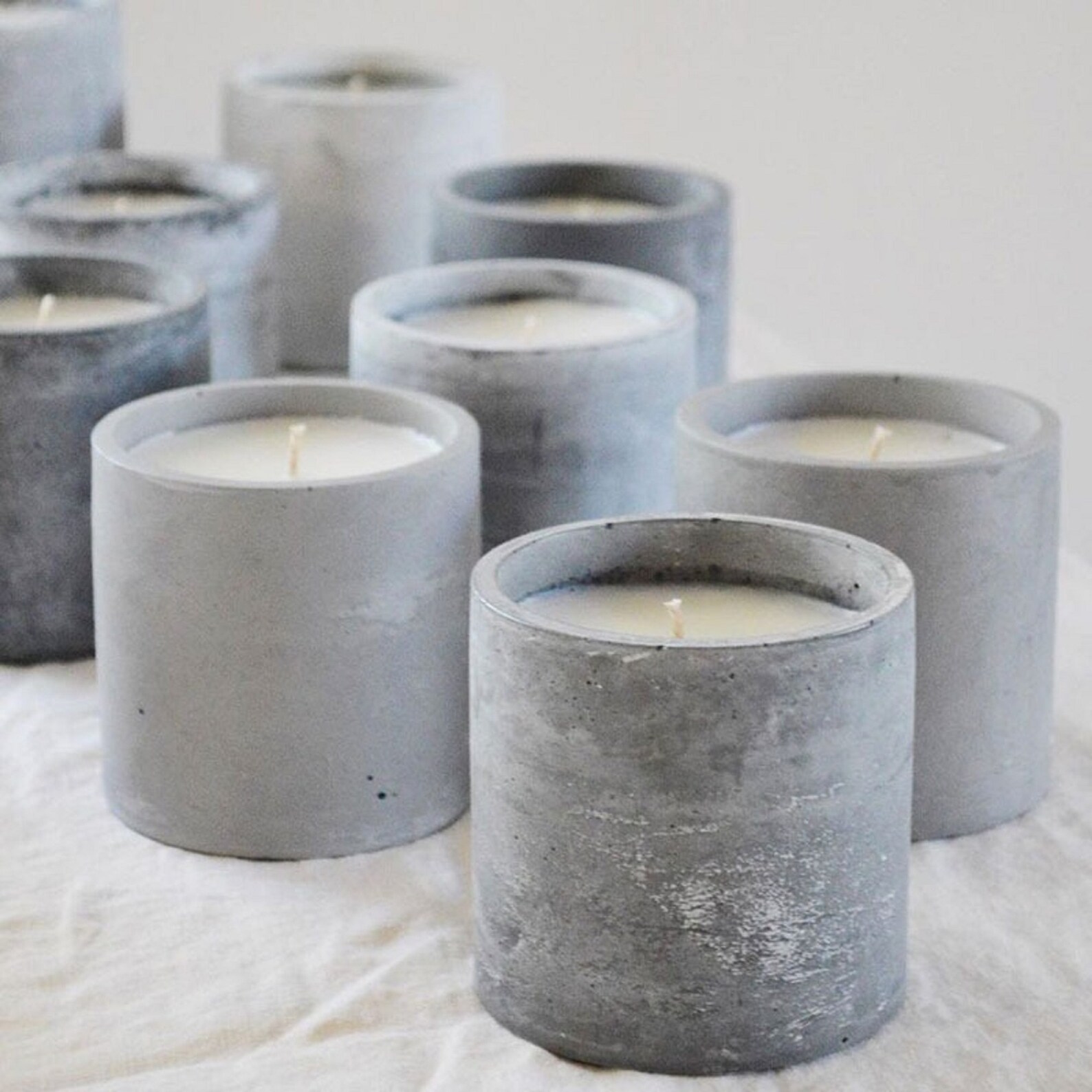
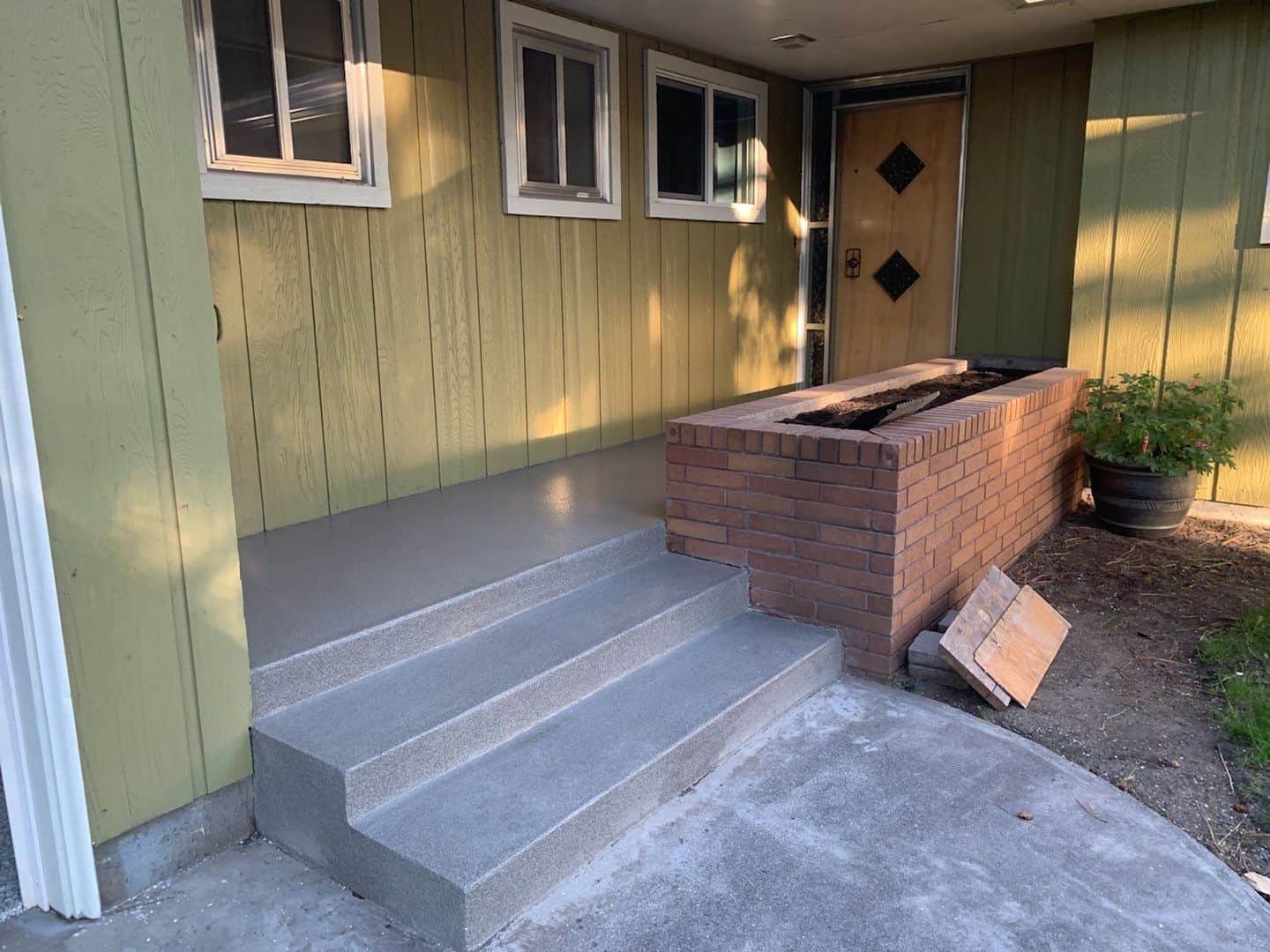

0 thoughts on “How To Make Concrete Shiny Like Glass”